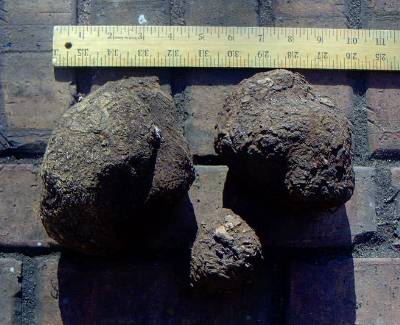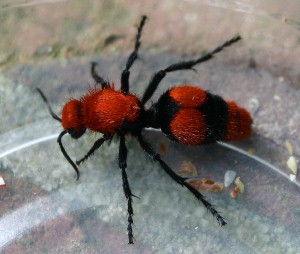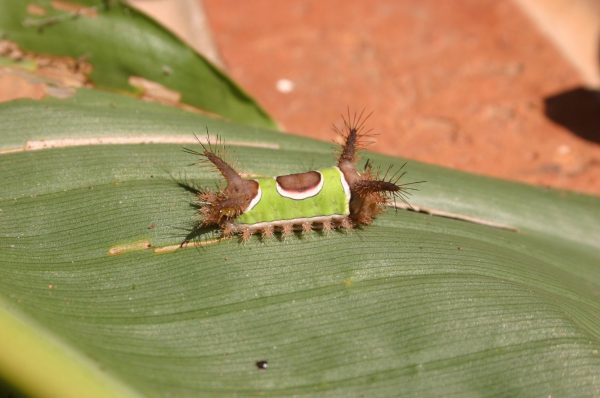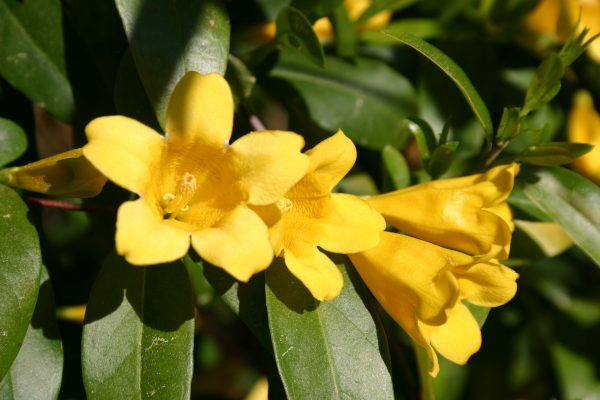Persimmon

Diospyros spp.
Persimmons can be grown throughout the Southeast. Opossums and humans enjoy the fruit each October. Fruit of the native Persimmon (Diospyros virginiana) is about the size of a plum. Oriental Persimmons (Diospyros kaki) are larger and have less astringency when less than fully soft-ripe.
• More detailed information can be found in The Georgia Fruit & Vegetable Book by Walter Reeves and Felder Rushing
• See also Home Garden Persimmons
Many Southern children have amused themselves by presenting an ostensible “Crabapple” to a friend just to see the look on their face when they bite into a green Persimmon.
Persimmons can grow in rich or poor soil. The trees grow to 20 to 30 feet high. They prefer full sun but tolerate shade, although fruiting will be less if planted there. A male tree must be planted nearby to fertilize bearing trees. Fertilize the trees in late winter and in mid-summer, using about 1 pound of 10-10-10 for each inch of trunk diameter. Thin Oriental Persimmon fruit each year.
Some people believe that a frost is necessary to ripen Persimmons. This is incorrect as some fruit will ripen well in advance of the first frost. Use clippers to cut the stem and remove fruit, leaving the leathery leaf-like calix attached to the fruit. Persimmons continue to ripen after they are picked. To remove astringency from native Persimmons, the North Carolina Extension service recommends placing fruit in a sealed plastic bucket with a 2″ by 2″ piece of dry ice. After 24 hours, open the bucket and insert another piece of dry ice. A day later, remove the fruit. The carbon dioxide removes astringency without softening the fruit.
Varieties to look for: Native Persimmons – ‘Even Golden’, ‘John Rick’, ‘Miller’; Oriental Persimmons – ‘Fuyu’, ‘Jiro’ (almost completely non-astringent), ‘Hannagosho’











